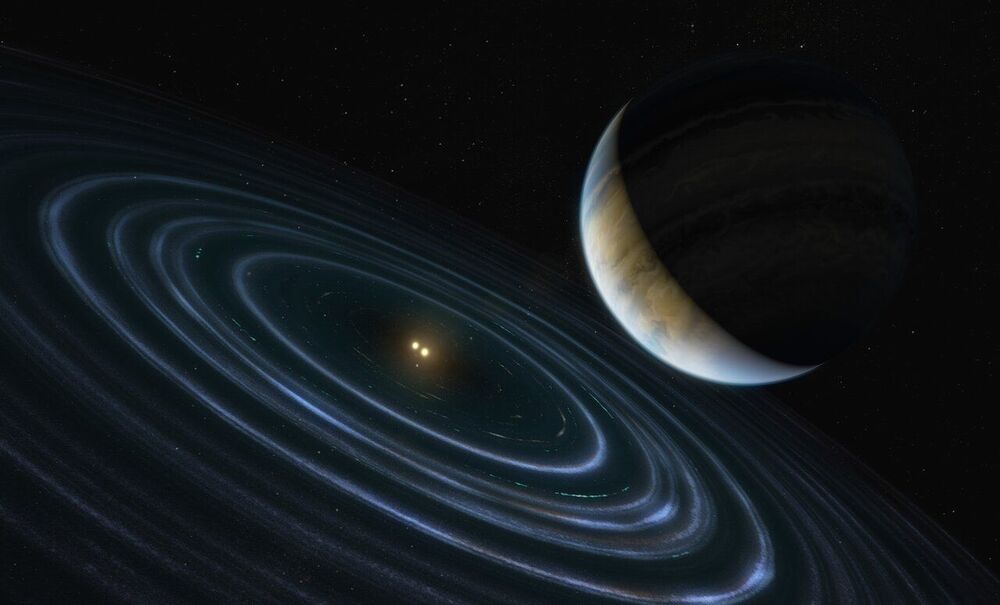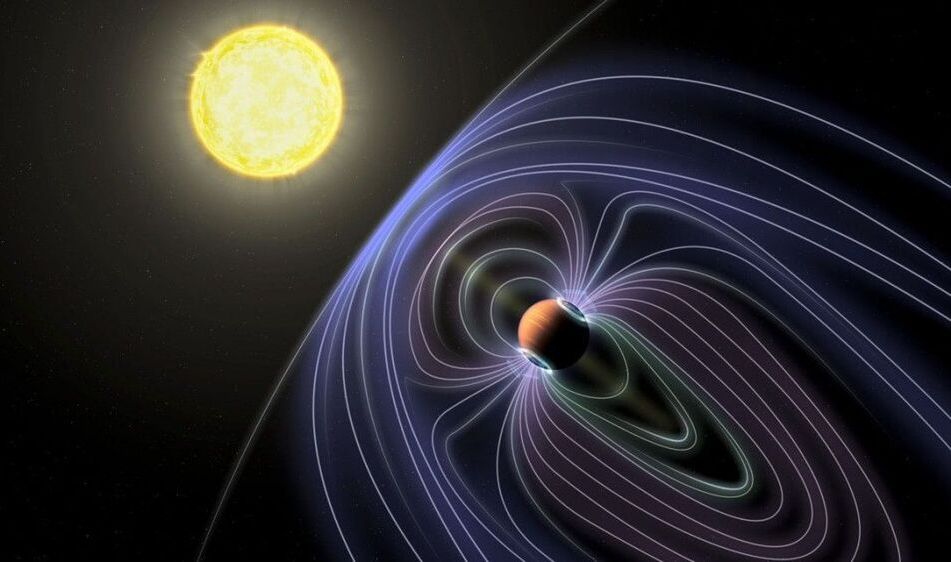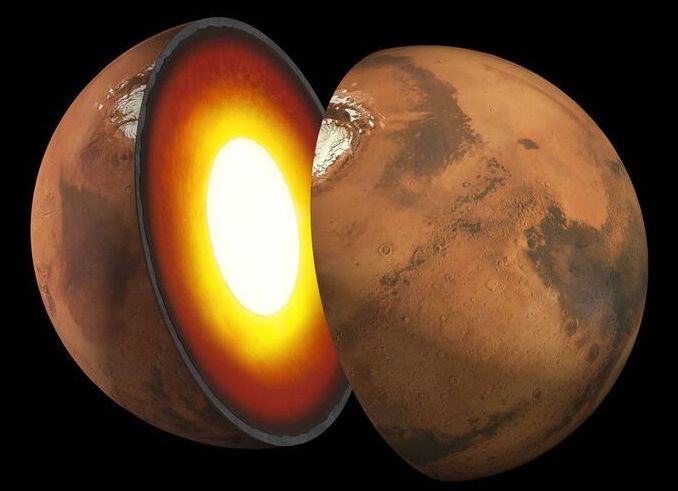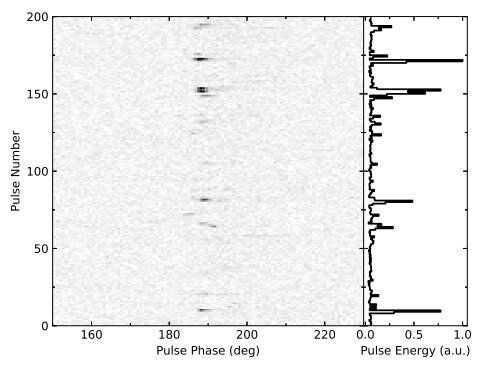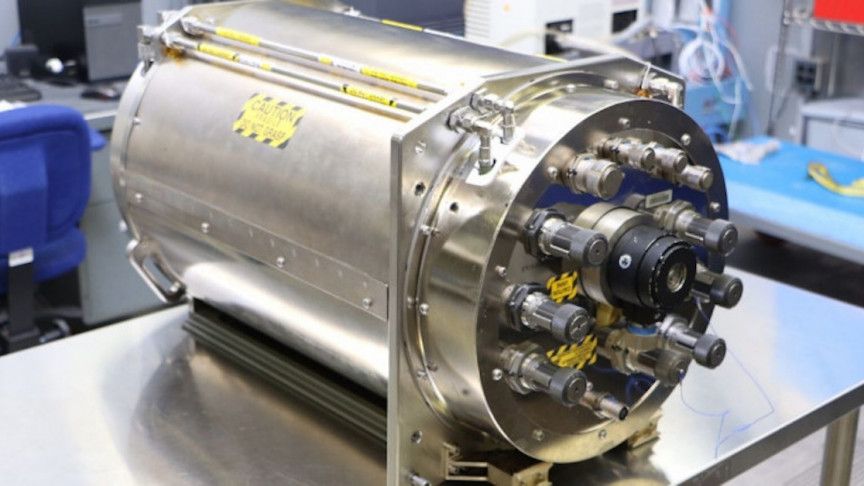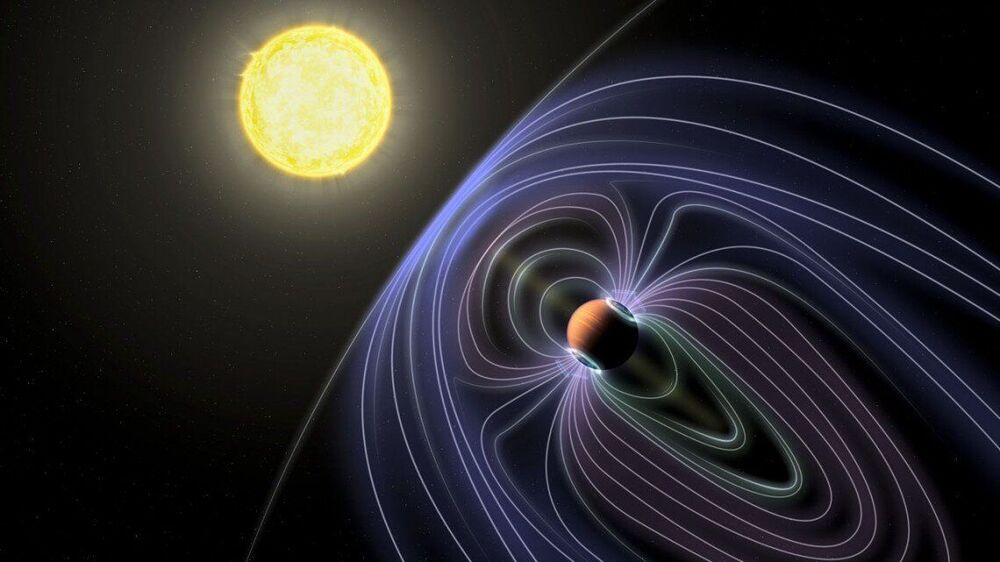A three-floor apartment building is being constructed by Peri, a formwork and scaffolding maker, with the help of a 3D construction printer.
Germany-based Peri isn’t a newcomer to the ever-growing 3D construction printing segment. The apartment building is currently being printed in Bavaria, Germany, and the project was unveiled only two months after Peri announced i t was creating Germany’s first 3D printed two-story detached home.
Unlike the first project, this upcoming three-floor apartment building will contain 4, 090 square feet of occupiable space in the form of five apartment units and a basement. The units will be available in different sizes, good for both single occupants and families, Peri’s global business development manager of 3D construction printing Jan Graumann told Business Insider in an email interview.


